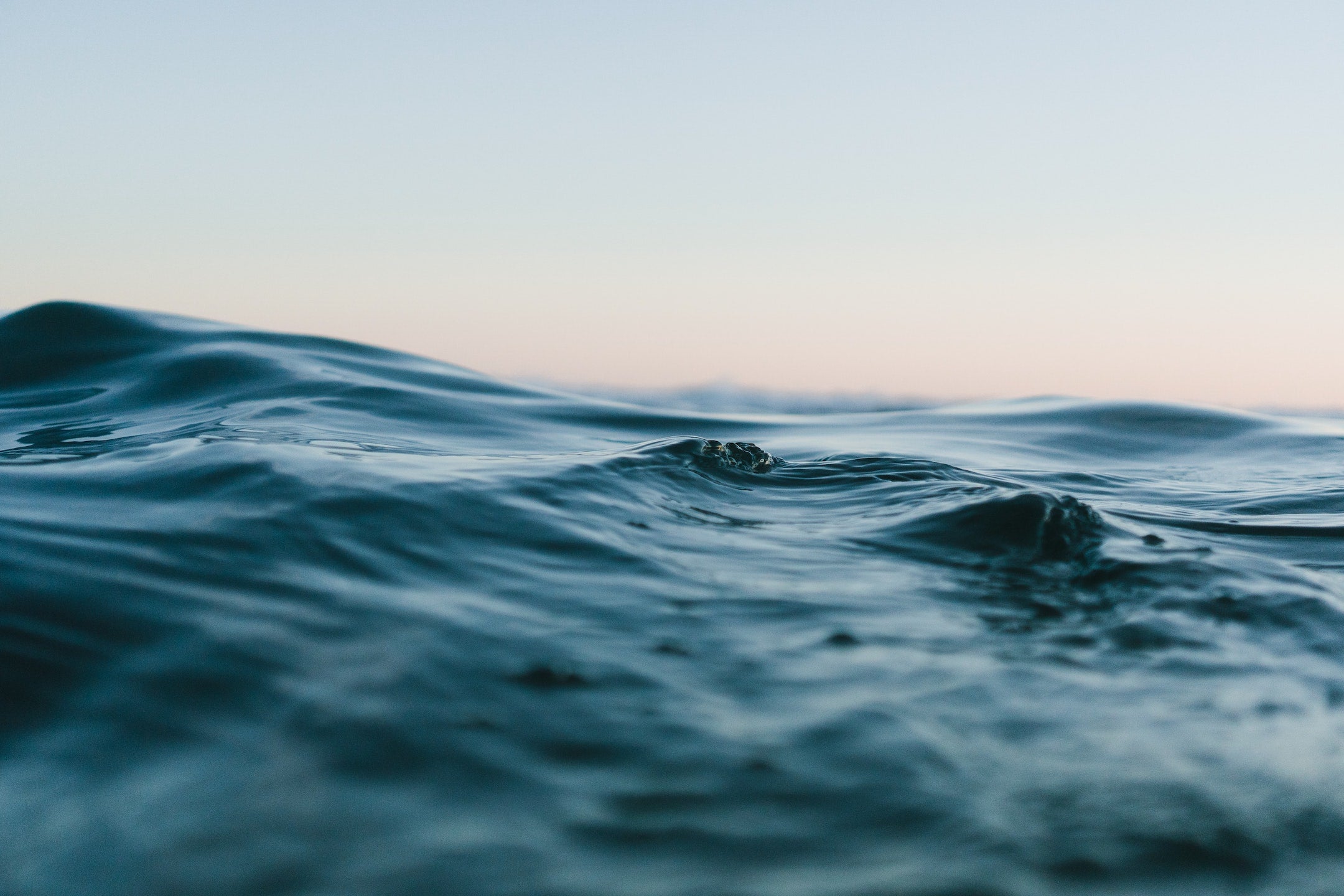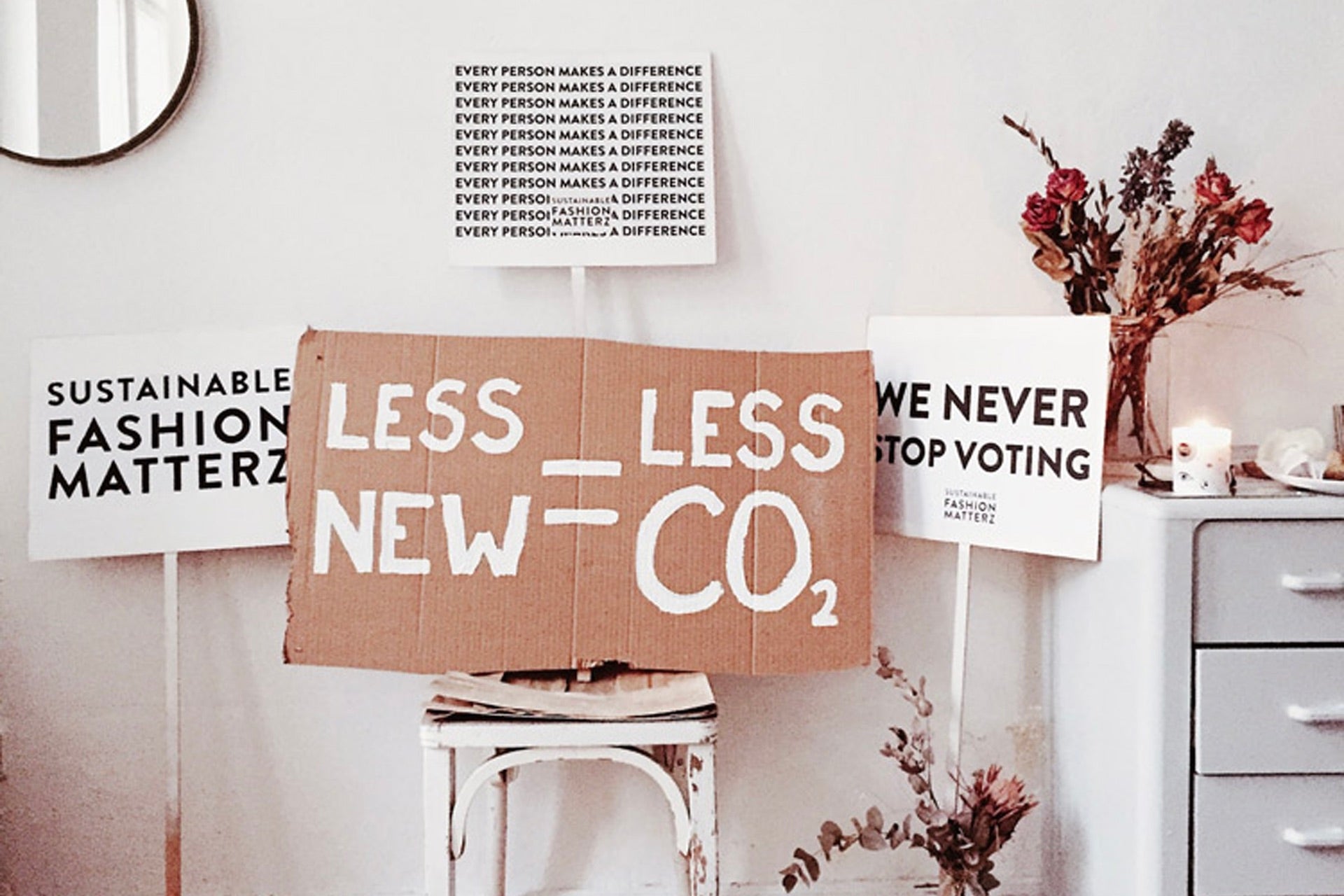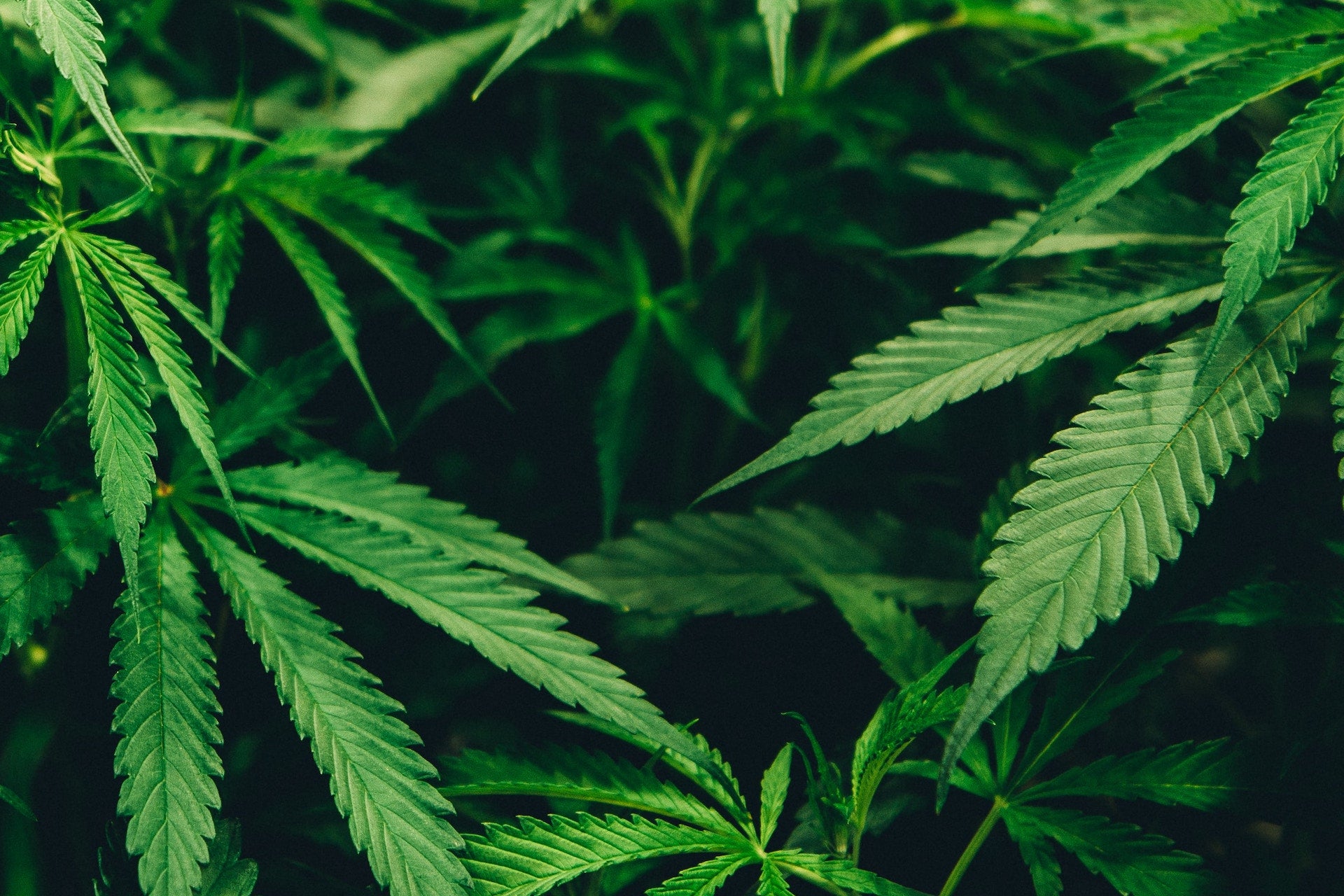Plastic pollution is a pervasive issue, infiltrating our oceans, ecosystems, and daily lives. It’s getting so out of hand that it’s forecast there will be more plastic in the oceans than fish by 2050!
One effective strategy for mitigating this escalating problem is to eliminate plastic from packaging. In the world of sustainable fashion, this principle is already well-understood. Nowadays, it's exceedingly rare—and highly contradictory—to receive an order from an eco-friendly fashion brand cloaked in plastic. Even fast fashion companies are starting to cotton on (pun unintended!), a trend we hope continues to grow as plastic gets cancelled.
Today, we'd like to spotlight the burgeoning movement toward plastic-free packaging. We'll explore some pioneering alternatives. And we’ll also zoom in on a few forward-thinking brands that are delivering and presenting their products without the problematic burden of plastic.
So, let's cut the crap and jump right to it:
Important characteristics
In the next sections, you’ll find the terms ‘compostable’, and ‘biodegradable’ used interchangeably. But there is a distinction. Here’s a little more on the difference between the two.
- Biodegradable: biodegradable products break down with the help of microorganisms, but it’s a vague term as the process can happen incompletely and take a long time. So for biodegradable products to be considered sustainable, they should decompose within a year. However, if so-called biodegradable products end up in the landfill, they may not decompose due to the anaerobic environment. This term is not usually regulated.
- Compostable: compostable products break down completely and in a timely manner. Materials are all-natural and their breakdown creates a nutrient-rich byproduct that’s beneficial to the environment. However, just like biodegradable products, compostable products may also not decompose easily in landfills and should be placed in special bins for compostable waste. This term is usually regulated.
All compostable materials are biodegradable, but not all biodegradable materials are compostable. And beyond biodegradability and compostability, here are a few more terms worth understanding.
- Recycled: recycled products are made from materials that have gone through reprocessing following recollection. A well-known label to recognise is FSC Recycled for paper. But note that a recycled product doesn’t mean its contents are 100% recycled. And more importantly, recycled doesn’t mean recyclable. So look for composition specifics and disposal information. Be wary if these aren’t available.
- Reusable: as simple as it sounds, these are items that can be used more than once. More companies are encouraging customers to reuse product packaging rather than immediately throw them away. If they really want to show they care about the environment, some brands get creative and offer concrete and practical ideas.
Types of plastic-free packaging
Paper
- Materials used: paper, cardboard, paper-based stickers, paper-based tape
- Affordability: €
- Circularity: compostable, biodegradable, recyclable, reusable
- Brands using it: POMP, Samsung, Who Gives A Crap
The 2022 recycling rate for paper in Europe was 71.4%. Don’t be fooled by its simplicity - paper is an excellent low-waste material. It can even replace plastic stickers and tape.
That said, paper does inevitably involve trees, so its sustainability can (and should!) be maximised by using FSC-certified or recycled paper. After use, paper packaging can be torn up into pieces and thrown in the compost bin.
 Source: Samsung
Source: Samsung
Paper-based packaging can be reused in a multitude of ways. Brands are getting impressively creative with this. Here at POMP, our packaging doubles up as a colouring book. And Samsung’s ‘Eco-Packaging’ used for their Lifestyle TVs is designed to be upcycled into household items, like the cathouse shown above.
Starch
- Materials used: wheat, corn, or potato starch
- Affordability: €
- Circularity: compostable, biodegradable
- Brands using it: Libby Ballard, Lush
According to a study by EPA, switching to biodegradable ‘packaging peanuts’ made from starch could reduce waste by up to 70%. The protective little ‘peanuts’ are traditionally made from styrofoam but the biodegradable versions are non-pollutive and simple to dispose of.
 Source: Lush
Source: Lush
They dissolve easily, so all you need to do is put them in the sink and add water. And they can even be composted in your garden to grow more oxygen-producing plants. It’s a zero-waste solution! They’re just as effective and still affordable, albeit slightly more expensive than styrofoam due to higher production as well as shipping costs (since they weigh more).
Just in case: these are not to be eaten!
Mushrooms
- Materials used: mycelium, corn stalks, hemp hurds, wood chips
- Affordability: €€
- Circularity: compostable, biodegradable
- Brands using it: IKEA, Dell, Crate & Barrel
A pioneering alternative for styrofoam and bubble wrap, mushroom-based packaging is a newer innovation that’s biodegradable and home compostable. Typically, mushroom-based packaging is based on mycelium, the root-like structure of mushrooms. Within a week it can be grown around a mould to fit the exact shape of a product.
 Source: Wildsmith Skin
Source: Wildsmith Skin
What stands out the most with mushroom packaging is that it’s lightweight yet stronger than foam, while also being water-resistant and cheap to produce. One commercial downside is the short lifespan compared to plastic due to its ability to decompose rapidly, (according to the World Economic Forum). This is a legitimate concern despite the short lifespan also being what makes the packaging so useful to avoid waste.
So far in 2023, mushroom packaging remains promising but is struggling to scale due to the costs and lack of investment. There are some silver linings, though. One of the industry’s main players, Mycoworks, will open a commercial-scale plant in September.
NoIssue
- Materials used: recycled plastic, corn starch, paper, sugar cane, recycled corrugate, water-based inks, soy-based inks, acid-free paper, GOTS-certified organic cotton, recycled organic cotton, PBAT, PLA*, cellulose
- Affordability: €€
- Circularity: compostable, recyclable, recycled, or reusable
- Brands using it: Kuyichi, Aesop, Tender Food
*The eagle-eyed may well have spotted some curious-looking acronyms in the materials used section above. PBAT and PLA are both in fact plastics that are biodegradable and compostable that are gaining popularity as alternatives to traditional petroleum-based plastics.
NoIssue is an online platform that offers customisable packaging options for eCommerce, retail, and food and coffee services. Their product range includes alternatives to the grand parade of packaging types that are considered wasteful.
 Choose between recyclable or compostable coffee bags.
Choose between recyclable or compostable coffee bags.
Each packaging option by NoIssue aligns with one of three circular frameworks:
- Compostable: breaks down in a home compost in 180 days or in a commercial compost in 90 days.
- Recycled: made from recycled materials or is recyclable.
- Reusable: has a built-in second use.
Less a packaging type and more a brand, NoIssue brings us onto our next section on some sustainable fashion brands that are putting plastic-free into practice.
5 brands that are putting a plastic-free approach into practice
POMP
- Made from: paper and plant-based materials
- Biodegradable or compostable: unknown
- Cool features: sea creatures (that you can colour in)
- Contains: sustainable essentials and Show Your Stripes range.
Let’s start at home, because we’ve got our house in order when it comes to our packaging. POMP’s packaging is 100% plastic-free and made from rip and splash-proof paper that’s combined with plant-based materials. And as an added bonus, it’s reusable.

On the outside of the packaging you’ll find an ecosystem of happy-looking sea creatures: octopi, rays, sharks, swordfish, starfish, turtles, and way more. They’re made from water-based ink and you can colour them in if you like. By the way, see that little ‘plastic sucks’ on the packaging - that laconic little statement sums up our feelings very well on this matter.
Finisterre
- Made from: paper and polyvinyl alcohol (a water-soluble synthetic)
- Biodegradable or compostable: biodegradable
- Cool features: instructions to dissolve the bag
- Contains: eco-friendly messaging
This B Corp-certified surf company tackled two parts of product packaging: mailer bags and garment bags. The common thread? The Leave No Trace material that Finisterre developed together with Aquapak Polymers. It’s water-soluble, ocean-safe and biodegradable. And despite being first of its kind, the technology is being offered open source to all the brands out there.
Mailer bags are made from recycled FSC lightweight paper with the Leave No Trace component used as lining. Garment bags are 100% Leave No Trace, so when you dispose of them, they’ll break down into non-toxic biomass for the soil and/or sea. Simply follow the instructions!
No Nasties
- Made from: organic cotton and recycled paper
- Biodegradable or compostable: compostable
- Cool features: reusable garment bag
- Contains: only good stuff
Does the name sound familiar? We’ve mentioned it before in a post featuring some of the best plastic-free fashion brands. So not only are their clothes made from natural materials but their packaging, too.
 Source: No Nasties
Source: No Nasties
Each item comes with a tag attached to it, made entirely from organic cotton. According to No Nasties, you can cut it up and add it to your compost. Each item is then placed in a fairtrade, vegan cotton, reusable bag. Use it to store other items or to carry around some portable speakers - however you like, really! Finally, orders are sent in a box made from recycled paper.
Doodlage
- Made from: unclear
- Biodegradable or compostable: biodegradable
- Cool features: biodegrades into wax
- Contains: the Doodlage x Lyfecycle story
Doodlage, an Indian label known for its zero-waste approach, recently launched the ‘Self Destructing Plastic Bag’ in partnership with Lyfecycle. The technology fueling this innovation transforms the bag’s material into an earth-friendly nutritious wax once sitting in soil, leaving no trace of toxins or microplastics. Considering its qualities, it’s not exactly plastic, though the resemblance is uncanny.
 Vogue India covering Doodlage x Lyfecycle
Vogue India covering Doodlage x Lyfecycle
Vogue India reported that Lyfecycle started R&D back in 2016. It’s taken groups of scientists and more than 100,000 experiments to get the result right, which just goes to show that the sustainable materials game is a long-term one.
Apiece Apart
- Made from: paper, soy-based ink, polymers, and some recycled unknowns
- Biodegradable or compostable: compostable
- Cool features: compostable polybags
- Contains: no frills
Apiece Apart is a womenswear brand guided by a social and environmental conscience. Aside from natural fabrics and cause-driven donations, they extend the same thoughtfulness to product packaging.
 Since 2019, Apiece Apart has avoided the need for 133,825 conventional plastic bags.
Since 2019, Apiece Apart has avoided the need for 133,825 conventional plastic bags.
Hangtags are made from 80% post-consumer content, and text is printed with soy-based ink. Tissue paper (we’re unclear what it’s used for, but hopefully not stuffing) is FSC-certified and compostable. Boxes are made from recycled materials and are also recyclable - with proper disposal, of course. And polybags are certified compostable - disintegration within 180 days - thanks to TIPA. Note, TIPA is behind the responsible packaging of other noteworthy names like Stella McCartney and Pangaia.
Conclusion
So there we have it - packaging needn’t involve plastic any more! Yet, this is only the start of the story. Plastic-free packaging is such a purposeful movement that there’s a legion of brands delivering better things - and new alternatives emerging all the time.
When ordering online: always check the website to get more details on the packaging. If there is plastic involved, we’d say it’s a red flag. We include these details on our sustainability page and other brands should do the same.
Take a look through our collections and remember that if you order something on this website you’ll receive your items in some pretty cool packaging that’s resplendent with sea creatures, as well as minimising harm to the real things.




